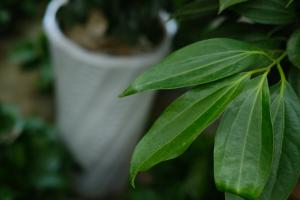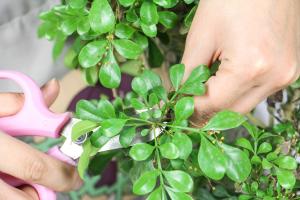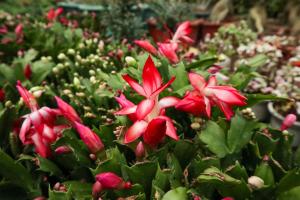How to Care for Lavender Plant Indoors
Lavender plants are a popular choice for indoor gardening due to their beautiful purple blooms, lovely fragrance, and easy care. If you are considering growing lavender plants indoors, it is important to understand the specific care requirements for these plants. Follow the tips below to ensure the health and beauty of your indoor lavender plant.
Choosing the Right Pot
The first step in caring for an indoor lavender plant is choosing the right pot. Lavender plants prefer to be in a container that is slightly larger than the root ball. The pot should also have at least one drainage hole to prevent water from sitting in the bottom of the container. A terra cotta pot is an excellent choice as it is porous and allows excess water to evaporate.
Selecting the Right Soil
The soil used for indoor lavender plants should provide excellent drainage to prevent waterlogging. A good potting soil that contains a mixture of perlite and vermiculite provides the perfect combination of moisture retention and drainage. Avoid using garden soil, as it can be too heavy and not drain well.
Providing Adequate Light
Lavender plants require bright, direct sunlight to grow and thrive. Place your plant in a sunny, south-facing window to ensure it receives the necessary light. If your home does not get enough natural light, you can supplement with grow lights.
Watering Correctly
Lavender plants need to be watered deeply but infrequently. Check the soil moisture level and only water when the top inch of soil feels dry to the touch. Overwatering can lead to root rot and the death of the plant. Allow any excess water to drain from the pot, and never let the plant sit in standing water.
Fertilizing Regularly
Indoor lavender plants benefit from regular fertilization during their growing season. A balanced liquid fertilizer can be added to the water every two weeks. Always follow the instructions on the label carefully and avoid over-fertilizing as it can cause damage to the plant.
Pruning for Shape
Regular pruning is essential to keep indoor lavender plants healthy and looking their best. Pruning during growth periods reduces stress on the plant and promotes bushier growth. Be sure to remove any dead, diseased, or damaged branches, and pinch back the new growth to promote a fuller, more compact plant.
Preventing Pest Problems
Indoor lavender plants are susceptible to pest problems such as spider mites, mealybugs, and aphids. Regularly inspect your plant for any signs of pests and take action immediately if you notice any issues. You can use an organic insecticidal soap or horticultural oil to control pests without harming the plant.
Final Thoughts
Caring for indoor lavender plants is relatively easy with the right conditions and care. By choosing the correct pot, soil, and providing adequate light, water, and fertilization, you can enjoy the beauty and fragrance of lavender in your home year-round. Remember to prune regularly and keep an eye out for any pest problems to keep your plant healthy and thriving.

 how many times do yo...
how many times do yo... how many planted tre...
how many planted tre... how many pine trees ...
how many pine trees ... how many pecan trees...
how many pecan trees... how many plants comp...
how many plants comp... how many plants can ...
how many plants can ... how many plants and ...
how many plants and ... how many pepper plan...
how many pepper plan...






























